![]() A cocktail of Lucas, Spielberg, and Henson feed my obsession for the cinema and today, I still feel that passion. Recently at the Sundance Film Festival, critic Leonard Maltin had a conversation with George Lucas and Robert Redford about the ‘Power of Story,‘ Maltin commented that, “one of the problems with the institutionalization of film schools is that you have now more than one generation of young people who all they know is film, they haven't had so called ‘life experience’ and life experience is the basis for telling stories and for inventing stories and imagining stories.” I completely agree with Maltin. I feel that today’s generation is so immersed in the digital world that they have become satellites to the media industry revolving around television, video games and the internet, with no down time or a chance to get bored. I laugh when I hear myself say this, I am also speaking of myself . . . I got my first computer in 1982 and it has been at my side ever since. I am getting old!
A cocktail of Lucas, Spielberg, and Henson feed my obsession for the cinema and today, I still feel that passion. Recently at the Sundance Film Festival, critic Leonard Maltin had a conversation with George Lucas and Robert Redford about the ‘Power of Story,‘ Maltin commented that, “one of the problems with the institutionalization of film schools is that you have now more than one generation of young people who all they know is film, they haven't had so called ‘life experience’ and life experience is the basis for telling stories and for inventing stories and imagining stories.” I completely agree with Maltin. I feel that today’s generation is so immersed in the digital world that they have become satellites to the media industry revolving around television, video games and the internet, with no down time or a chance to get bored. I laugh when I hear myself say this, I am also speaking of myself . . . I got my first computer in 1982 and it has been at my side ever since. I am getting old!
It is a very interesting Conversation and worth listening to. ~Cornell
Kicking off Art of Film Weekend, a program celebrating the craft of filmmaking, join Robert Redford and George Lucas—two iconic filmmakers who epitomize the spirit of independence in American cinema—in conversation with critic Leonard Maltin.



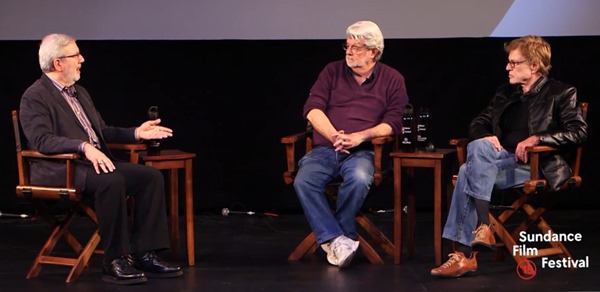

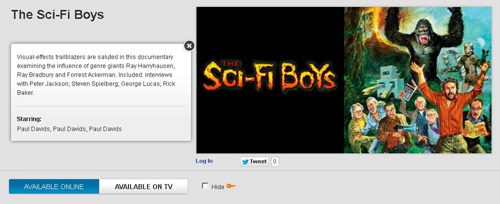
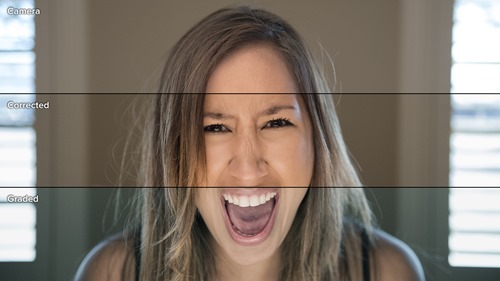

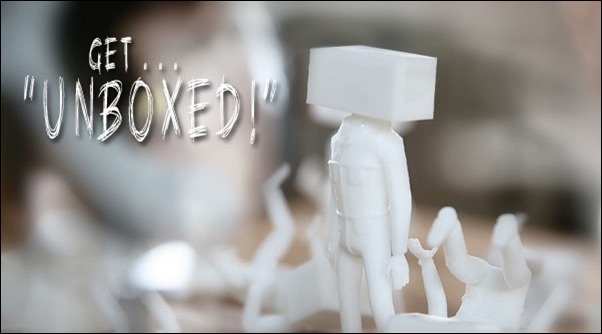
![BearonStairsStopMotion11_thumb[1] BearonStairsStopMotion11_thumb[1]](http://lh5.ggpht.com/-cQbhXaebc98/VGulMPVxPlI/AAAAAAAAKjM/An2RGIpjxtA/BearonStairsStopMotion11_thumb%25255B1%25255D%25255B6%25255D.gif?imgmax=800)

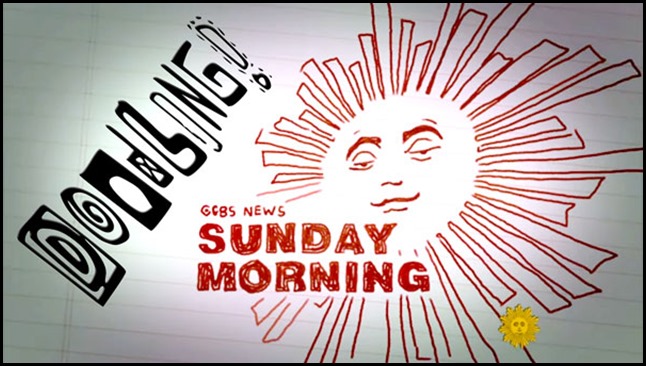

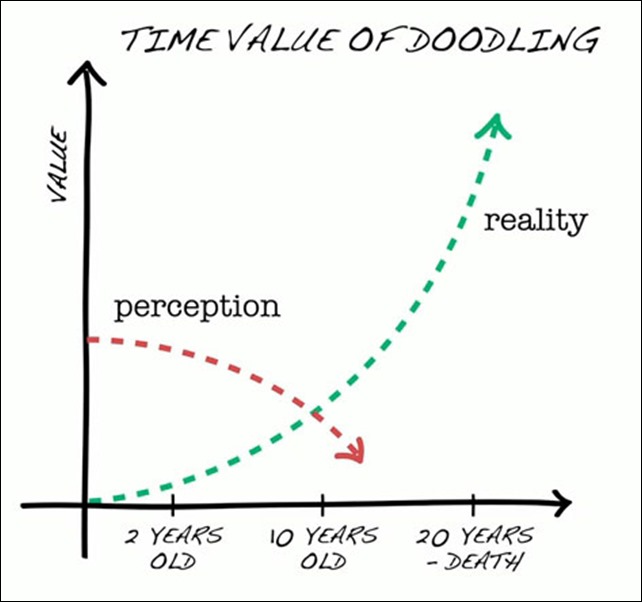

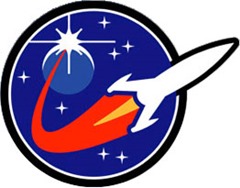
![Techly-3d-printed-car-strati-990x500[1] Techly-3d-printed-car-strati-990x500[1]](http://lh3.ggpht.com/-3bmPd72MetY/VBcWdNrzM3I/AAAAAAAAKLQ/0fpeaCdfdoI/Techly-3d-printed-car-strati-990x500%25255B1%25255D_thumb%25255B2%25255D.jpg?imgmax=800)
 Hmmm, the worlds first 3d printed car? The first thing I think is, the 3d printer has revolutionized prototyping, it is true. It puts prototyping in the hands of the ‘garage designers / inventors’ a total Game changer. And now, large-scale printing houses and cars? So Cool!!! Now will we ever get to the point where this is practical for actual product production – meaning economical option? I have seen 3d printed bikes and they were very delicate and not great for actual use. For prototyping, we are there, but for production we have a ways to go. Either way, new uses for 3d printers are reveled everyday and the direction we are going is just awesome!!! ~Cornell
Hmmm, the worlds first 3d printed car? The first thing I think is, the 3d printer has revolutionized prototyping, it is true. It puts prototyping in the hands of the ‘garage designers / inventors’ a total Game changer. And now, large-scale printing houses and cars? So Cool!!! Now will we ever get to the point where this is practical for actual product production – meaning economical option? I have seen 3d printed bikes and they were very delicate and not great for actual use. For prototyping, we are there, but for production we have a ways to go. Either way, new uses for 3d printers are reveled everyday and the direction we are going is just awesome!!! ~Cornell ![3D_Printed_Car[4] 3D_Printed_Car[4]](http://lh4.ggpht.com/-VZrZ33XIkcc/VBcbBwIVgoI/AAAAAAAAKLk/TK79MsVrjEQ/3D_Printed_Car%25255B4%25255D%25255B4%25255D.jpg?imgmax=800)
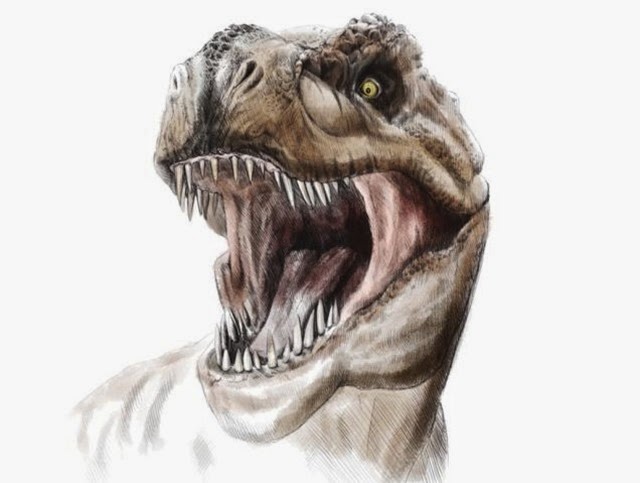



![Honda_Super_Ultra_Daydreams_thumb[3] Honda_Super_Ultra_Daydreams_thumb[3]](http://lh6.ggpht.com/-Y4-Z3BYKFlc/U5Og_Jh28DI/AAAAAAAAJD8/DLoetJZ04FM/Honda_Super_Ultra_Daydreams_thumb%25255B3%25255D_thumb%25255B1%25255D.jpg?imgmax=800)

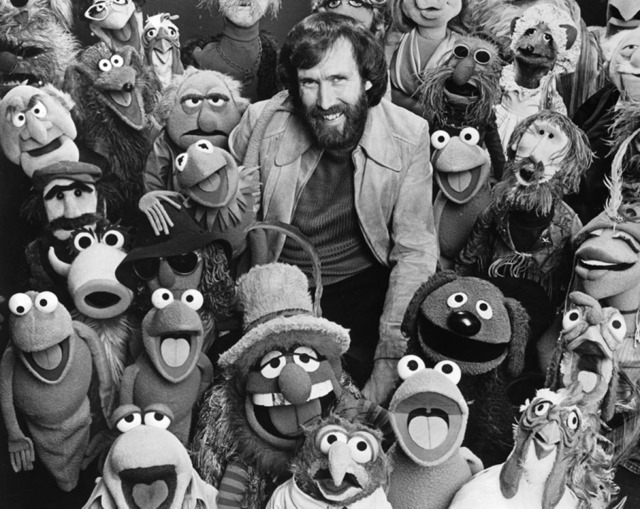

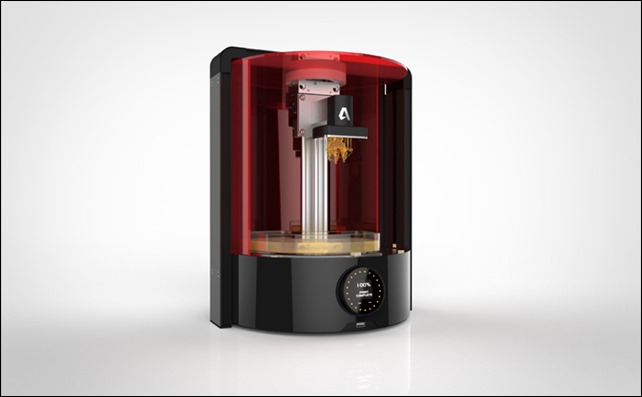
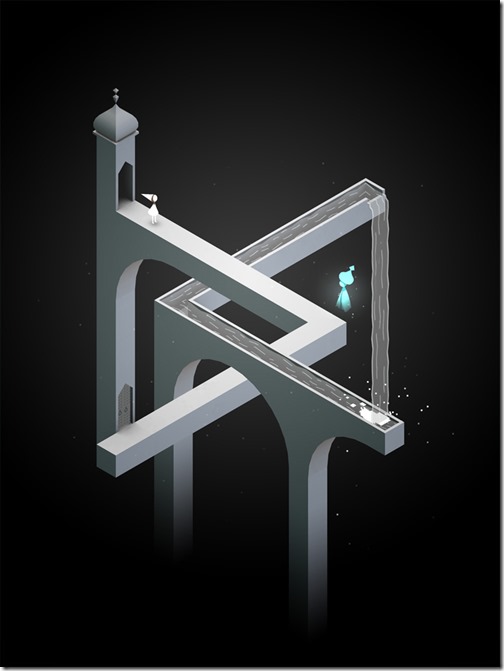
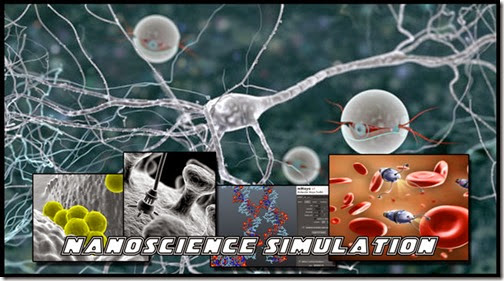


 become an archeologist, but I wanted to for a few years. The movie inspired a generation of archeologists.
become an archeologist, but I wanted to for a few years. The movie inspired a generation of archeologists. 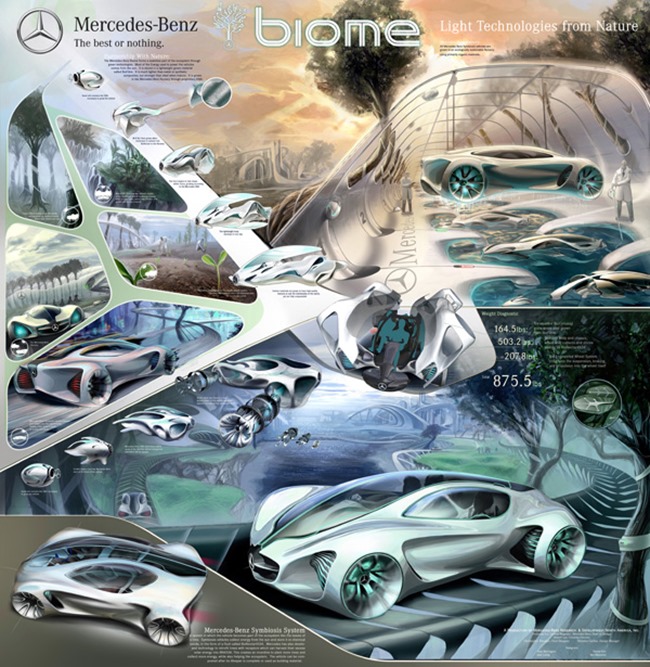



![Bear-on-Stairs-Stop-Motion-3[1] Bear-on-Stairs-Stop-Motion-3[1]](http://lh6.ggpht.com/-Kg6Y3QN4e8k/U1gHmzYG8nI/AAAAAAAAI2Q/Cn_0jg6TAWY/BearonStairsStopMotion31_thumb.gif?imgmax=800)
![Bear-on-Stairs-Stop-Motion-1[1] Bear-on-Stairs-Stop-Motion-1[1]](http://lh5.ggpht.com/-86WZLuB9KJI/U1gHoN94d0I/AAAAAAAAI2k/JV9-n5gly2M/BearonStairsStopMotion11_thumb.gif?imgmax=800)
